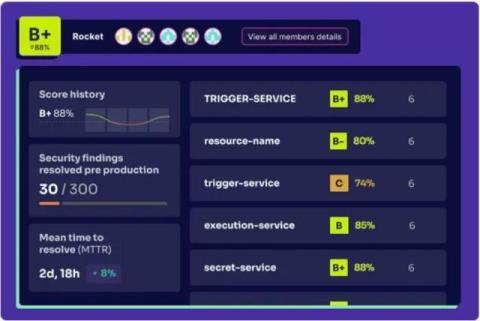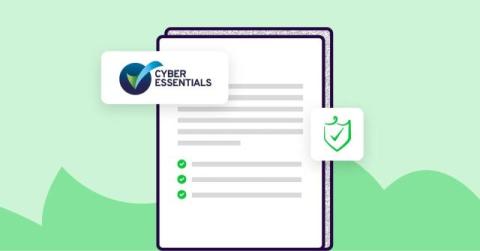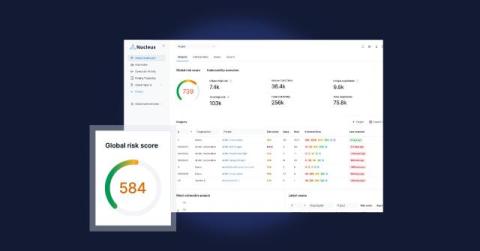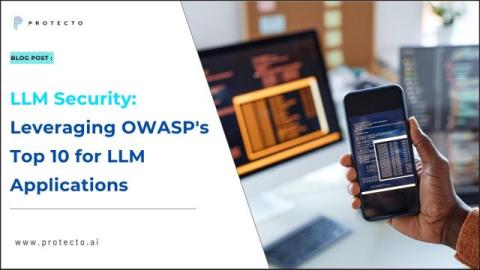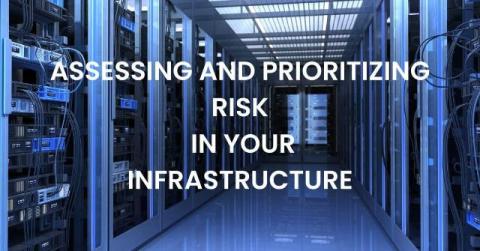The critical risk in DORA financial regulations
Supply chain attacks are a growing concern, particularly within the financial sector, with attackers increasingly using key technology suppliers as a ‘jumpbox’ to pivot into their intended target organisation. Last year’s MOVEit breach for instance saw a single ICT supplier ultimately cause ~2,356 organisations to be compromised, with primary victims predominantly in the financial sector.




